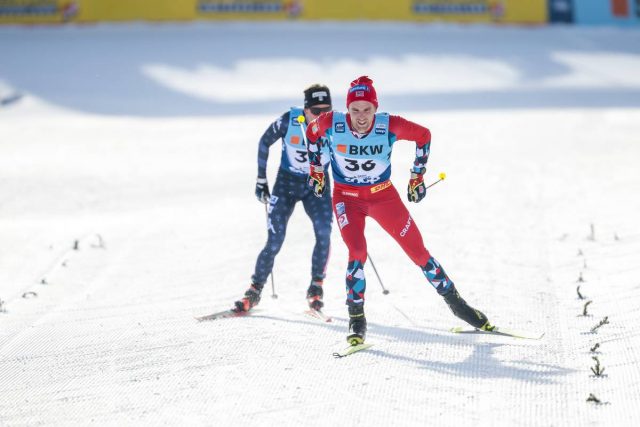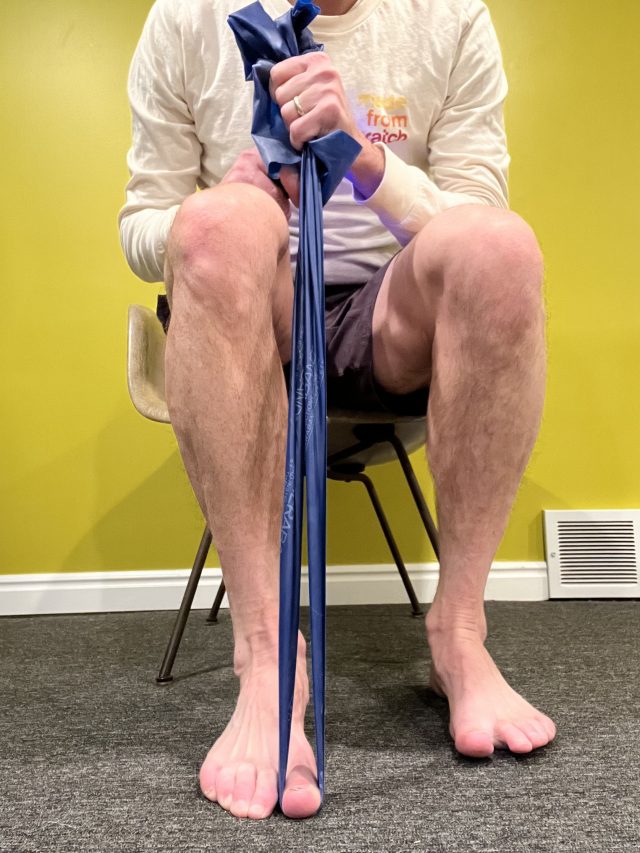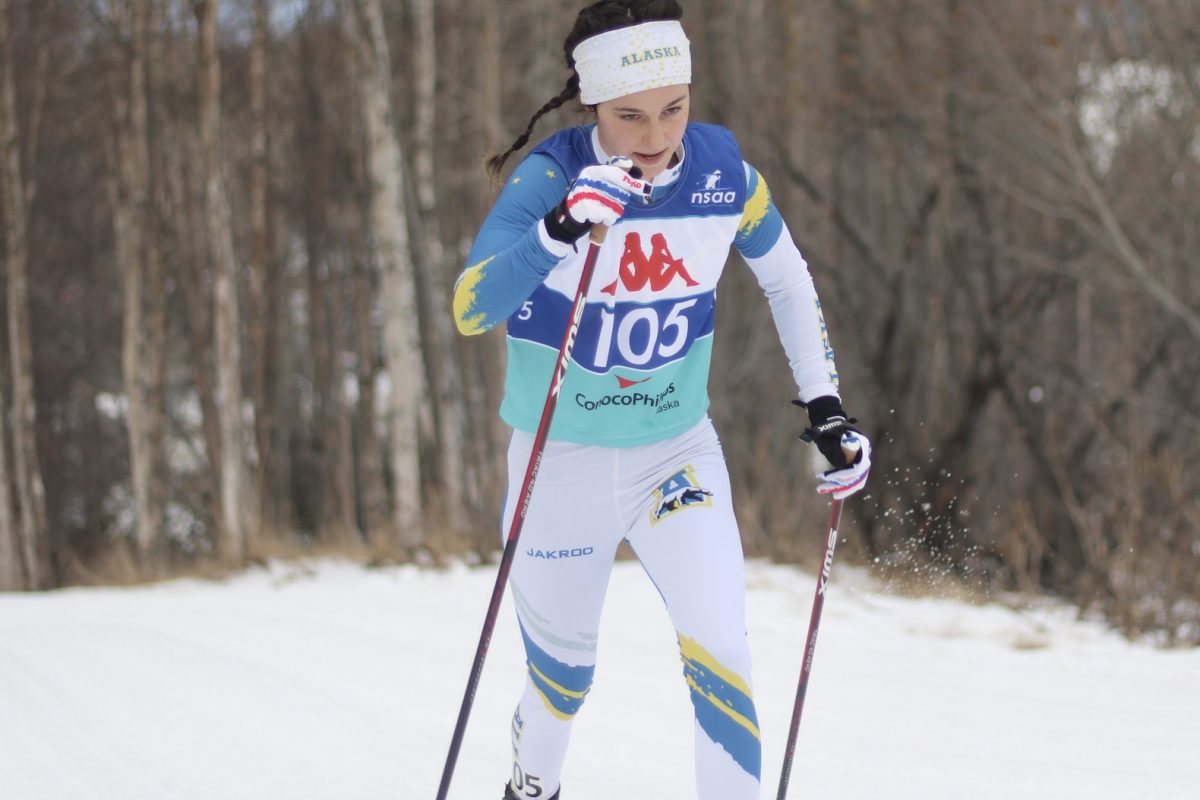
The big toe is called the big toe because it’s bigger than the other toes. It has bigger bone and muscle structure because it takes more load. When we walk and run, we are programmed to get the big toe on the ground. But how and when we get the big toe to the ground can cause problems. Too much, too soon, too late, or too fast and efficiency suffers. When efficiency decreases, loads increase, which does not make for happy feet. All these factors are part if skiing, just as they are part of walking. And the big toe is the key . . .
From Supination to Pronation
In normal walking gait, when the heel makes the first point of contact with the ground, the foot is in a supinated position—the inside of the foot is angled up and outside of the foot is angled down like when you check to see if you stepped in dog poo. In supination, the foot is fairly rigid due to joint mechanics. As we move over top of the foot in mid stance, the joints unlock and the foot moves into a pronated position—the inside of the foot is down and outside is up (literally the opposite of supination). This movement into pronation creates flexibility in the foot, which helps to dissipate impact forces and adapt to uneven surfaces. By the time we get to the last bit of contact with the ground and roll off of the toes, the foot stiffens up again to create a rigid lever. Running gait follows the same general pattern but changes somewhat based on whether the initial contact happens at the heel, mid foot, or forefoot.
Feet come in many different shapes and sizes, but when the quantity or timing of the transition from supination to pronation is outside of the normal range, the movement pattern becomes less efficient, likely compensated, and potentially pathological. Too much and too soon, both tend to cause an inward rotation of the leg, which is a common culprit in knee pain. Too little or too late can lead to lateral foot issues, greater risk of ankle sprains, and adverse effects from rapid internal rotation of the lower leg as the foot dives onto the big toe right before it leaves the ground. (I have just presented a gross oversimplification of foot and ankle kinematics. For a deeper dive, check this tutorial or get a PhD.)
The control and coordination of this transition from supination to pronation to push off is dependent on joints with their associated ligaments and on muscles. The foot and ankle are comprised of 28 bones, 33 joints, 112 ligaments, 21 muscles in the foot, and 13 muscles in the lower leg. There’s a lot going on here, folks. To oversimplify once again (and to eventually bring this back to skiing), I’m going to focus on two of the star players: tibialis posterior (TP) and flexor hallucis longus (FHL).
Both TP and FHL are long, thin muscles located in the lower leg along the medial side of the tibia. By the time they get to the ankle, the muscles have turned into tendons that wrap around the inside of the ankle bone (medial malleolus) and head into the foot.
TP attaches to the navicular and cuneiform bones in the mid foot. Its primary role is to control the movement of the mid foot and support the medial longitudinal arch (i.e. it controls pronation). But it also stores energy and helps the foot rebound from flexible pronation into the rigid lever for toe off. Think about the suspension on your mountain bike: ideally we get a plush ride with the right amount of rebound to set us up smoothly for the next bump. Not enough air in the shock and ooff, we bottom out (too much pronation). Not enough rebound, the shock is too slow, and we feel every one of those roots (the foot stays too flexible for efficient toe off).
The tendon of FHL runs all the way out to the big toe. Not only does it pull the big toe down, or more functionally, keeps the big toe from collapsing under the load of toe off, but it also helps maintain the structure of the medial arch and mid foot. It works together with its neighbor TP on that transition from supination to pronation to rigid lever.
Reading Break & Audience Participation:
Take off your shoes and stand up. Use a wall or counter top for balance and do a few single leg heel raises on each side. Have a look down at your foot. Does the movement or line of force go through the middle of the foot or do you end up more on the pinky toe side? Ideally, it should feel like the line of force goes between the first and second toes like it’s following the arrow made by the straps on a flip flop. If you’re way more on the pinky toe side, it’s likely that TP and/or FHL are asleep at the wheel.
As Applied to Cross Country Skiing
In cross country skiing, the biomechanics change, but the demands on TP and FHL remain very high. Biomechanically, we can describe the phases of cross country skiing in similar terms as with walking and running gait: initial contact, mid stance, and toe off. The position of the foot and ankle (and arguably the rest of the body) are very similar during initial contact (assuming V2, not steep V1) and mid stance for both skate and classic but different from walking/running. Rather than a transition from supination at initial contact to pronation at mid stance, we are striving for equal pressure across the width of the foot through both of these phases. “Finding the outside of your foot” is optimal for balance, stability, and glide. Through these two phases, TP and FHL are working primarily as stabilizers of the ankle and mid foot to facilitate balance on the gliding ski. At toe off, aka push, aka kick, skate and classic become quite different from each other.

Classic Skiing
Toe off in classic is not that dissimilar from walking and running. As I described above, we’re looking for the line of force to run between the first and second toes. Perhaps the biggest divergence is the flexion angle of the ankle as we transition from mid stance to toe off: there is far more ankle dorsiflexion during skiing. While this article is meant to focus on the big toe, it should be noted that a lack of ankle dorsiflexion mobility, both in quantity and quality, will adversely affect not only the mechanics at the foot but also the skier’s ability to get their center of mass over the kick zone. Speaking of range of motion, the first metatarsal phalangeal joint (MTP)—where the toe meets the foot, aka ball of the foot—must also have good dorsiflexion mobility (sources cite 60° for walking and likely more for running; I’ve not seen a study that examined the requisite for skiing). The demands on TP and FHL continue to be focused on foot and ankle stability through the toe off phase; however, if the skier is losing balance and falling towards the other ski (or pronating uncontrollably or internally rotating at the hip or dropping the pelvis or rotating the pelvis or twisting too much through the trunk), the loads on the inside of the foot and big toe will be much greater.
Toe off with skate gets very interesting (assuming you’re finding any of this interesting). Skate boots, unlike classic boots, have minimal flex through the sole, thus the MTPs joints do not have much of a mobility requirement. Skate boots also have a stiff ankle cuff to minimize medial and lateral motion at the ankle. And theoretically they have a supportive insole. But the boots can only do so much.
Skate Skiing
In skate skiing, we have to put the ski on edge. This is a very different movement than with walking, running, classic skiing, or most any activity outside of actually skating. Theoretically, we can get the ski on edge by pronating the foot, internally rotating the tibia, and collapsing the knee–unfortunately, this is how many people ski. But this has the effect of decoupling the foot and lower leg from the power producing muscles (quads and glutes). Instead of sending the force into the ski for a strong push, the energy is lost to aberrant movement (and generally a controlled fall onto the glide ski rather than a coordinated transition). Best case scenario, you’re bleeding power. Worst case scenario, you’re setting yourself up for injury at the knee (most likely), foot/ankle, and/or hip.

Skate toe off should happen with the ankle, knee, and hip in line. During the transition from flat ski to edge, the line of force through the foot will move medially onto the first MTP. Pushing power is coming primarily from the quads extending the knee and the glutes extending and abducting the hip. But all of this big muscle power must be transferred to the ski. FHL and especially TP are working very hard to maintain joint stability to essentially lock the medial ankle and foot into a rigid conductor of force. While there is active ankle plantarflexion that occurs during this phase, the majority of work by FHL and TP is through isometric contraction rather than creating joint movement. A lack of adequate strength or coordination of TP and FHL will likely lead to a breakdown of this connection. Biomechanics suffer, power is bled, and pathology may surface.
Admittedly, this movement pattern of primarily isometric ankle eversion and plantar flexion while pushing off an angled surface is very difficult to simulate with dryland exercises. However, there are multiple ways that we can still address the concept and strive to make TP and FHL more resilient and tolerant of load.
There are a number of Physical Therapy exercises that can assist skiers in creating proper foot/leg alignment over the big toe:
Banded Big Toe
This has to be the coolest Physical Therapy exercise ever! Hook a resistance band under your big toe and pull tension. Lift the toe off of the floor and push it back down. Keep the toe long (don’t let it curl up). Also, try not to let it push into the second toe (if you can’t control this, have bunions, or are not getting your toe very far off of the floor, it might be worth a visit to your friendly neighborhood PT).


Heel Raises with Tennis Ball
Squeeze a tennis ball between your heels and do calf raises. Use a wall or counter top for balance. The ball will keep you symmetrical and help direct the line of force between the first and second toes.


Single Heel Raises with Incentive Band
Place your first MTP and big toe on the edge of a resistance band. Use one hand against a wall for balance and use the other to pull tension on the band. Do single leg heel raises. Don’t let the band come loose from under your toe and pop you in the face.


SLS with IR Paloff
Balancing on one leg in Ski Stance, hold a resistance band coming from the same side as your stance leg. Push your hands straight out and back. Keep the first MTP and big toe grounded. Don’t let the band twist you.


There are always more exercise options out there, and anything that involves single leg stability is going to be beneficial, but these are a few of my favorites that are a good bang for the buck without fancy equipment. If you like fancy equipment, I would highly recommend the MOBO Board, which does a better job of training FHL, TP, and the rest of the foot/ankle team than any other gizmo I’ve come across.
Ned Dowling
Ned lives in Salt Lake City, UT where his motto has become, “Came for the powder skiing, stayed for the Nordic.” He is a Physical Therapist at the University of Utah and a member of the US Ski Team medical pool. He can be contacted at ned.dowling@hsc.utah.edu.



